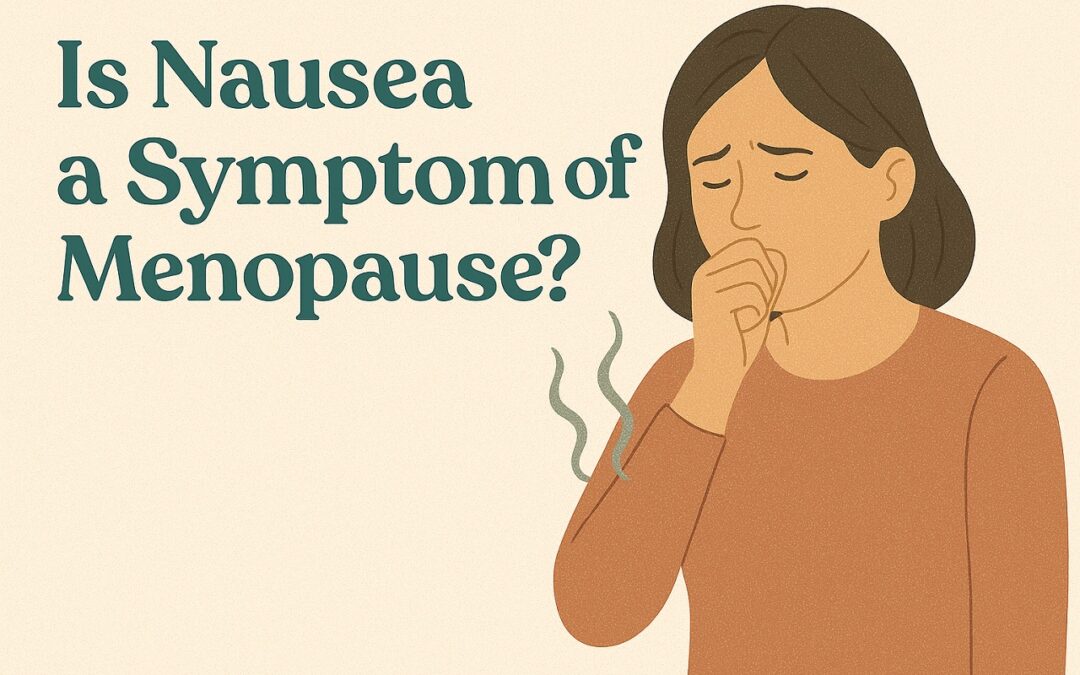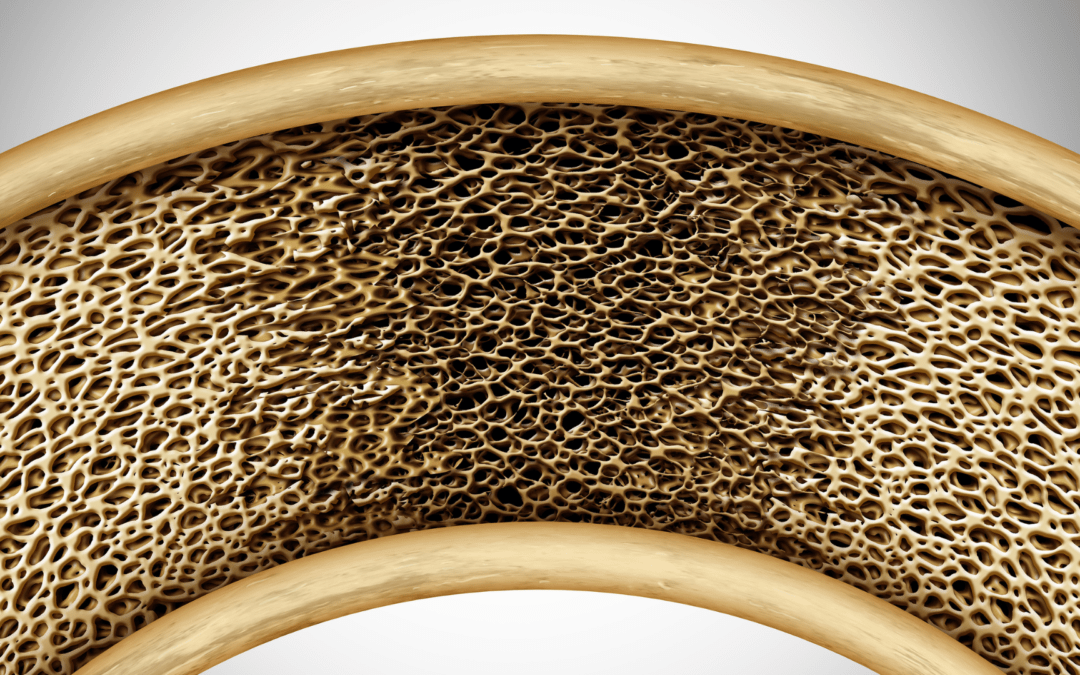

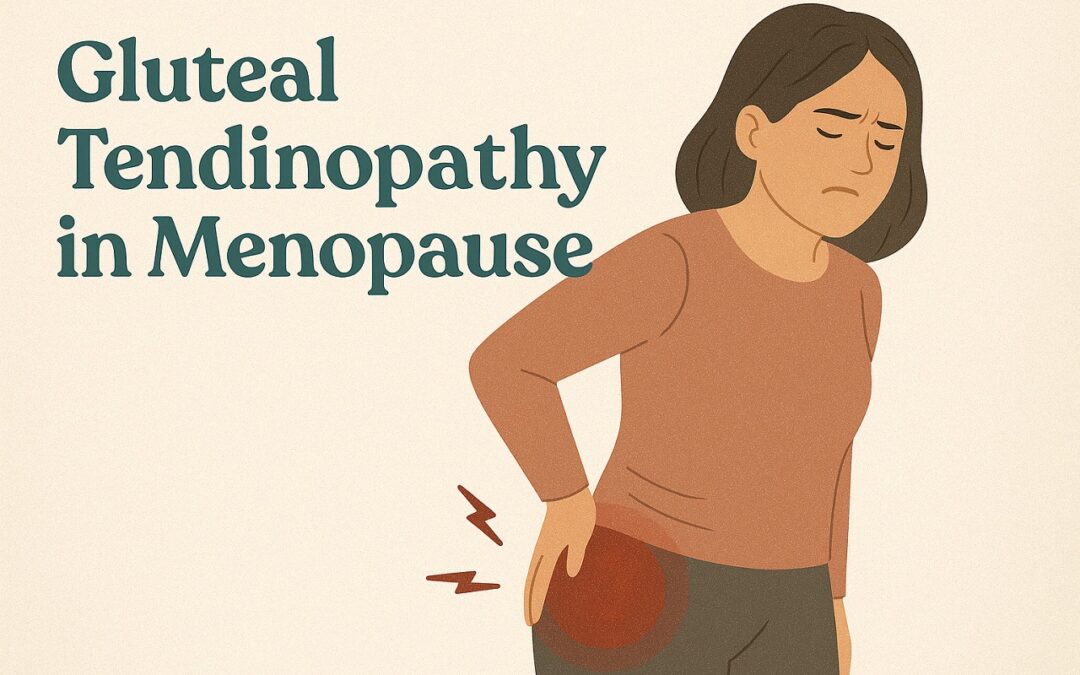
Gluteal Tendinopathy in Menopause: Causes, Symptoms, and Treatment
Gluteal tendinopathy is a leading cause of lateral hip pain, particularly in women during and after menopause. This condition involves degeneration or damage to the gluteal tendons, most commonly the gluteus medius and gluteus minimus. These muscles are critical for...
Fertility After 40: What PCOS, Endometriosis, and Fibroids Mean for Your Chances
Quick fact: By age 40, the average woman has approximately 3% of her initial pool of oocytes (eggs) remaining. This significant decline in ovarian reserve is a key factor affecting fertility at this age. (Source: Human Ovarian Reserve from Conception to the Menopause)...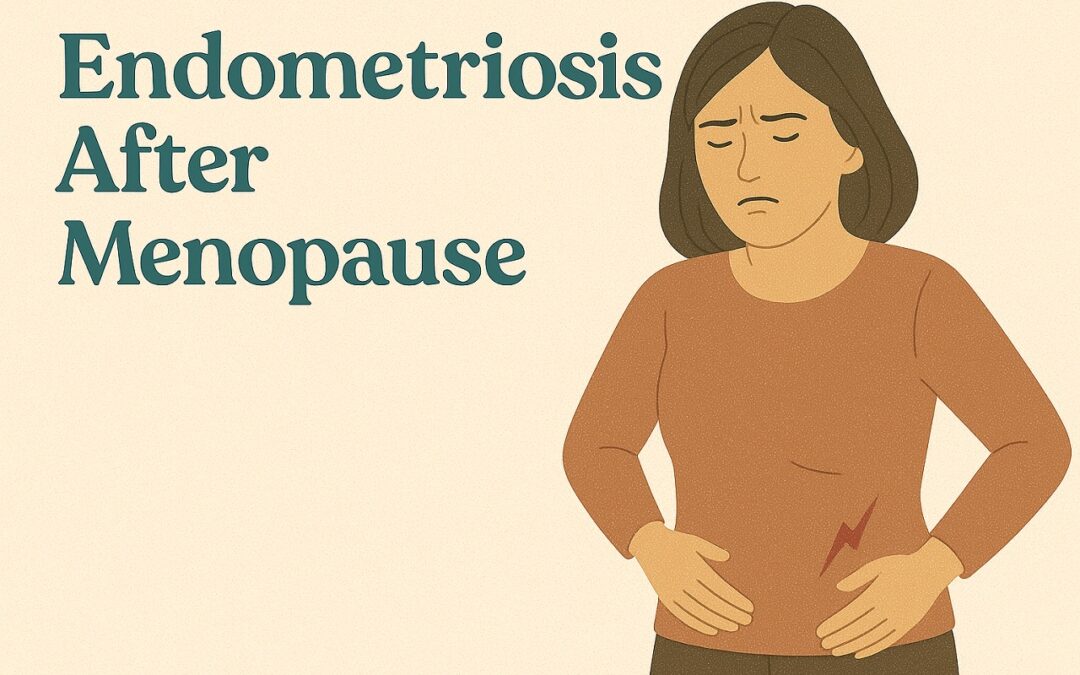
Can You Experience Endometriosis Symptoms After Menopause?
Endometriosis is typically viewed as a reproductive-age condition. But what happens after menopause? Can the symptoms continue, or even begin for the first time? The answer is yes. Endometriosis symptoms can persist after menopause, and in some cases, they may develop...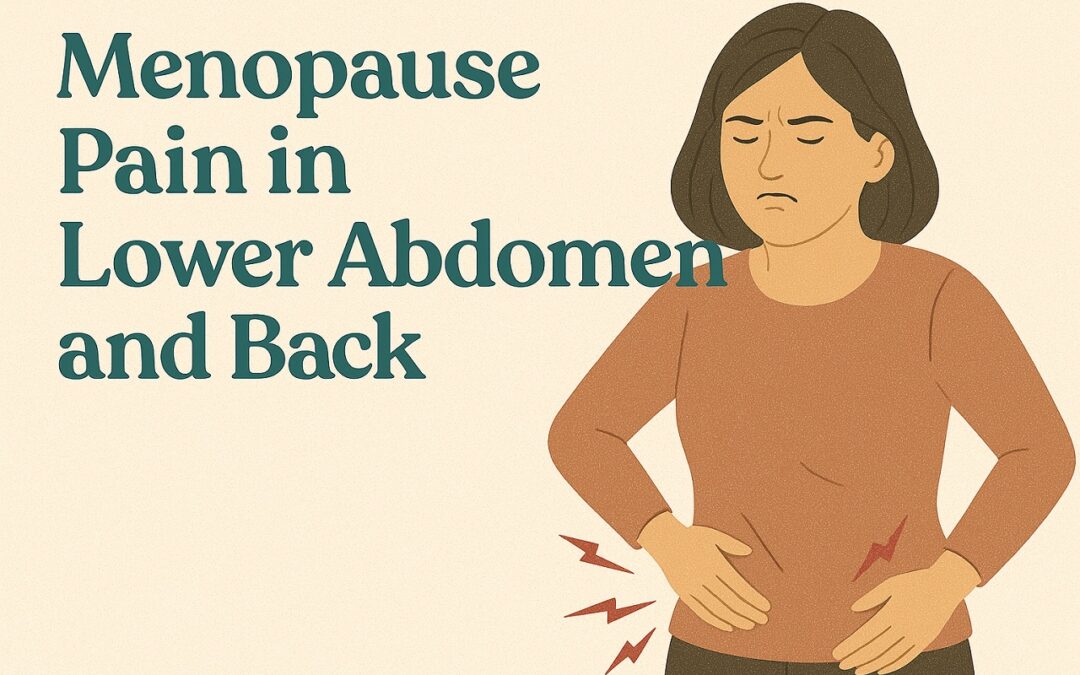
Pain in Lower Abdomen and Back During Menopause: Causes and Treatment
Menopause is a major hormonal shift that can cause a wide range of physical symptoms. Among the more frustrating are persistent pains in the lower abdomen and back. While many are aware of hot flashes and mood swings, these pain symptoms are often less discussed, yet...